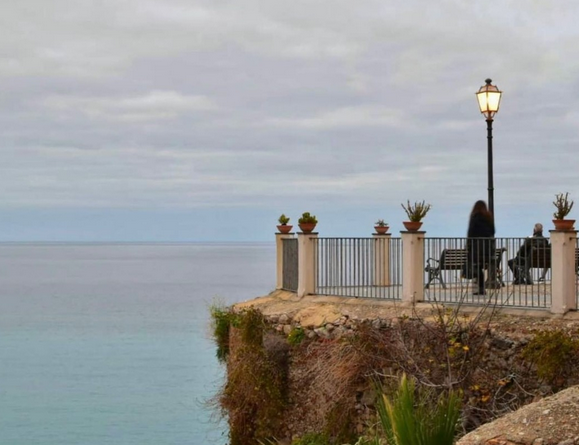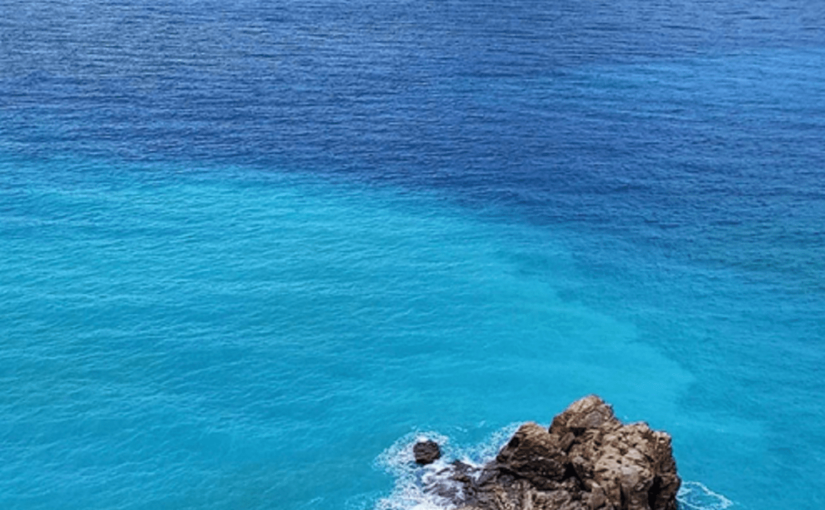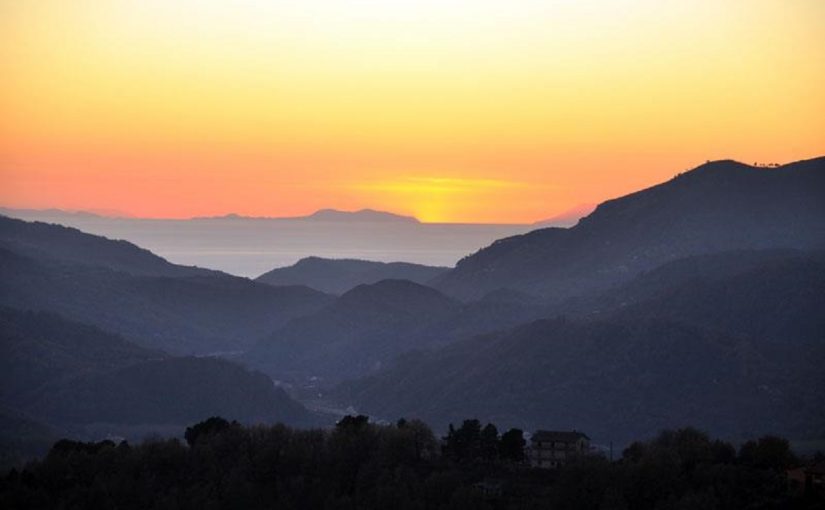13.1.2024
Calabria is a region located in the southern part of Italy, known for its stunning landscapes, rich history, and unique cultural heritage.
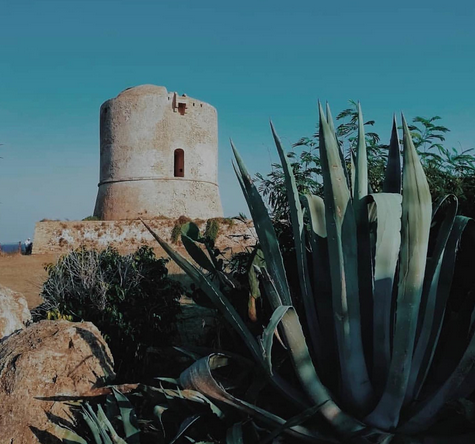
The region is surrounded by the Tyrrhenian and Ionian Seas, providing it with a diverse and picturesque coastline.
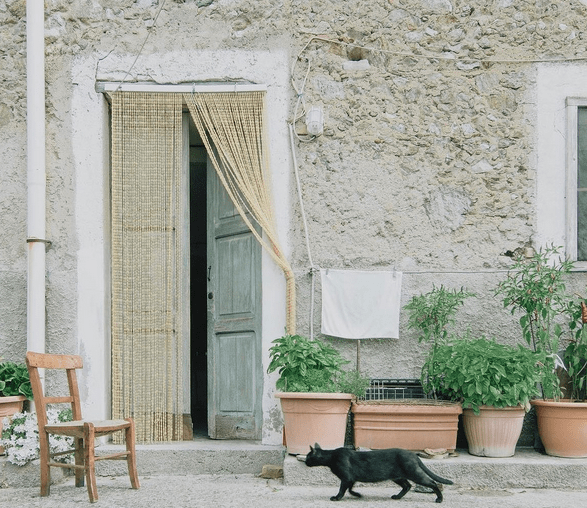
Here are some key aspects of the landscapes of Calabria:
COASTLINE
Calabria boasts a long coastline along the Tyrrhenian and Ionian Seas, offering a mix of sandy beaches, rugged cliffs, and crystal-clear waters. The Tyrrhenian Coast on the west is generally gentler, with sandy beaches, while the Ionian Coast on the east is characterized by more dramatic landscapes with cliffs and hidden coves.
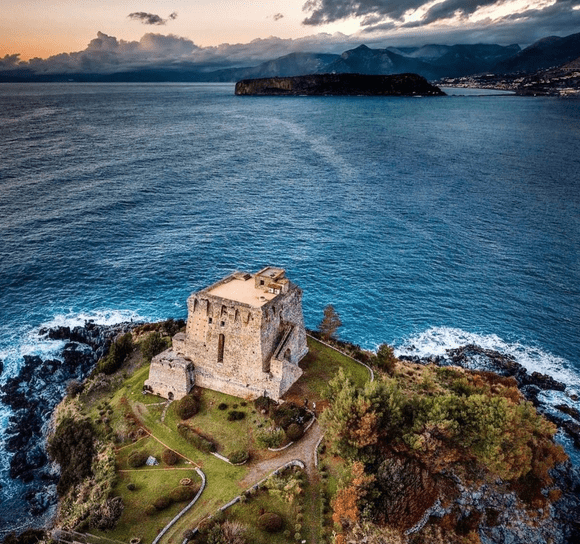
MOUNTAINS
The interior of Calabria is dominated by mountainous terrain. The Sila, Aspromonte, and Pollino mountain ranges are the main mountain systems in the region.
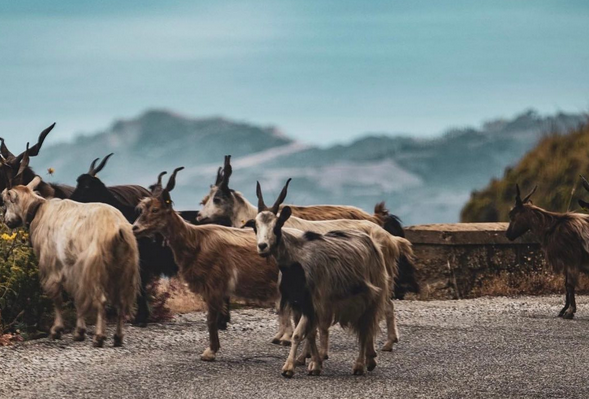
The Sila Mountains, in particular, are known for their lush forests, lakes, and national parks, providing a sharp contrast to the coastal areas.

SMAF LTD
Explore our products, coming from CALABRIA. Order the food and beverage products that allow you to explore the Mediterranean diet of a remarkable region. Surrounded by two seas and adorned with pine forests, mysterious villages, natural habitats, and rich biodiversity. Discover handcrafted delicacies that embody the soul of the land: sun-ripened fruits, premium olive oils, bold wines, artisanal cheeses, and traditional cured meats, all crafted with passion and authenticity.
NATIONAL PARKS
Calabria is home to several national parks and protected areas that showcase its natural beauty.
The Sila National Park, Aspromonte National Park, and Pollino National Park are significant attractions for nature lovers, offering opportunities for hiking, wildlife observation, and enjoying the unspoiled landscapes.
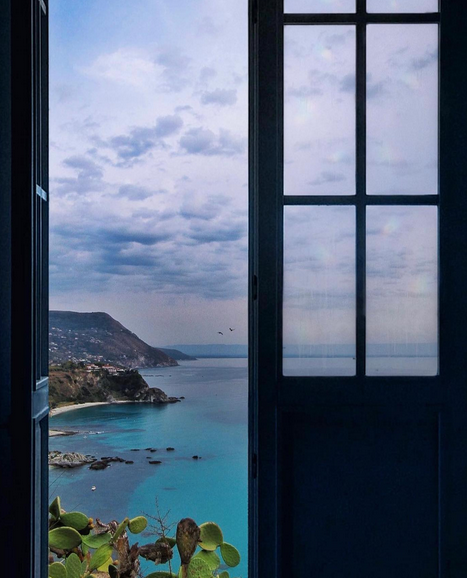
COUNTRYSIDE
Inland Calabria features picturesque countryside with rolling hills, olive groves, vineyards, and small villages.
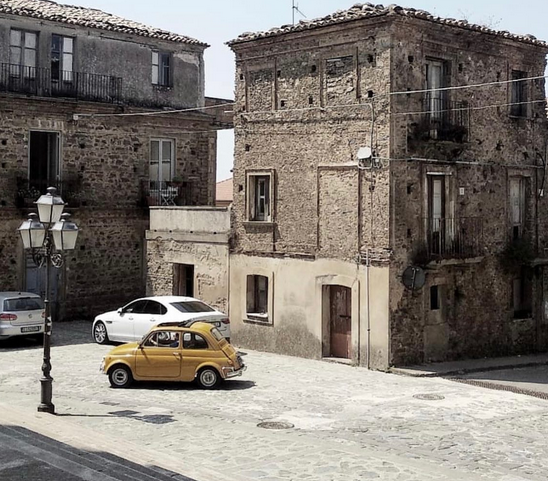
The rural landscapes are dotted with ancient ruins,
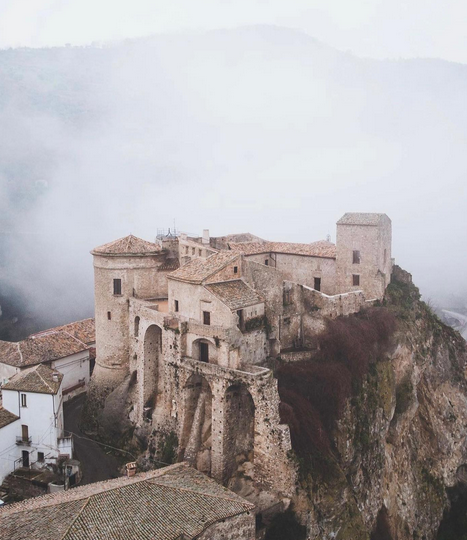
historic churches…
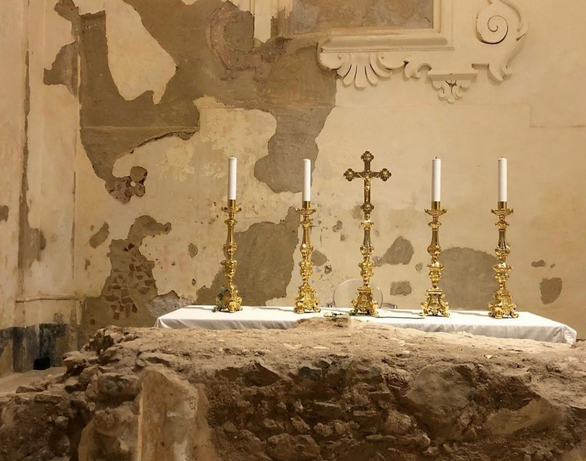
and traditional farm houses, providing a glimpse into the region’s rich history and agricultural traditions.
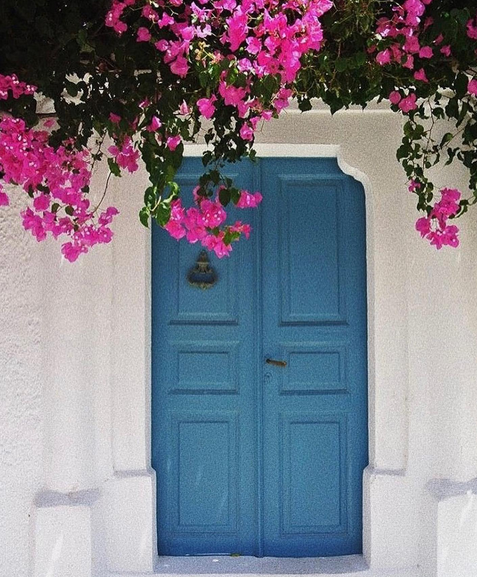
HISTORICAL SITES
Calabria has a deep historical and cultural heritage, with numerous historical sites and landmarks.
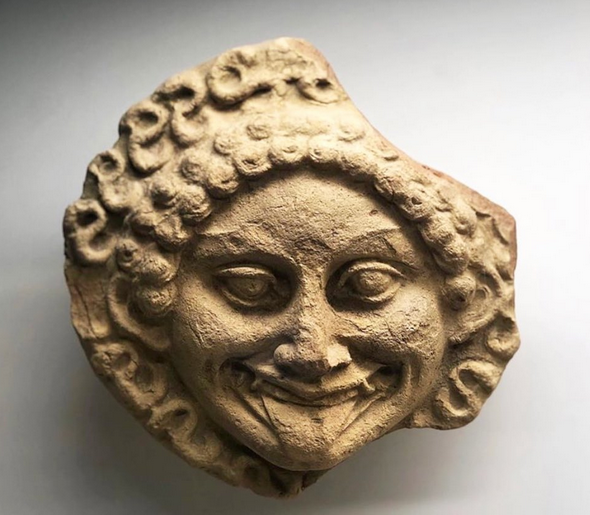
Ancient Greek and Roman ruins, Byzantine churches, and medieval castles are scattered throughout the region, adding to its charm.
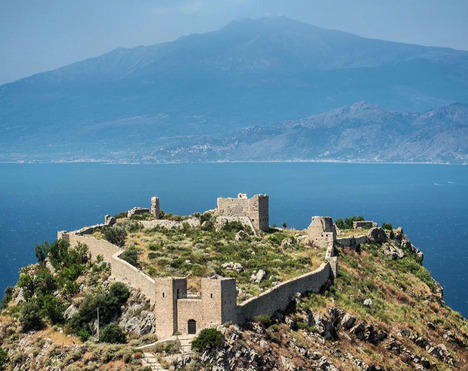
ISLANDS
Calabria is home to a number of beautiful islands, such as Stromboli and the Aeolian Islands, which are known for their volcanic landscapes and unique flora and fauna. These islands provide additional opportunities for exploration and relaxation.
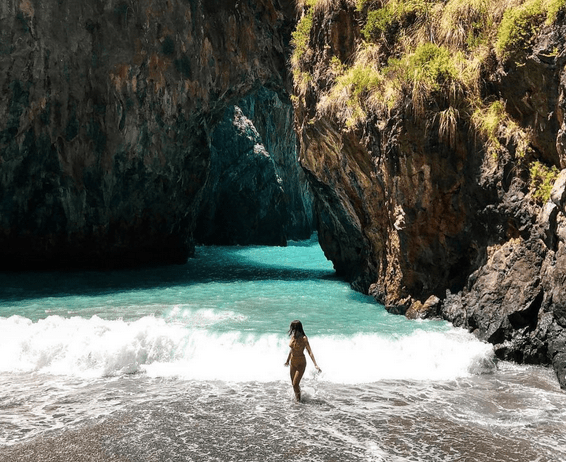
UNIQUE VILLAGES
Calabria is dotted with charming villages that cling to hillsides, offering panoramic views of the surrounding landscapes. Tropea, Pentedattilo, and Gerace are just a few examples of picturesque villages that capture the essence of Calabria.
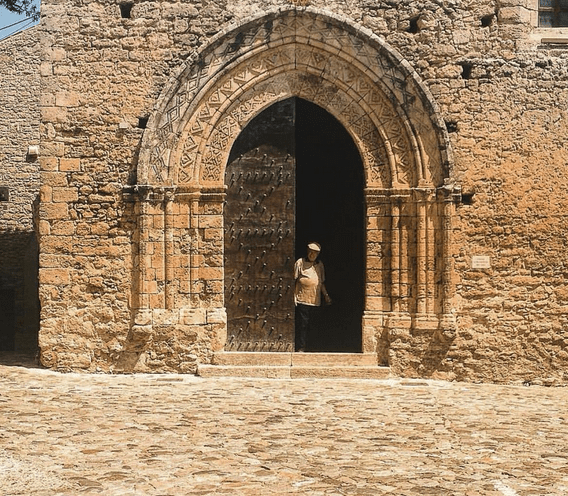
In summary, the landscapes of Calabria are diverse and captivating, ranging from beautiful coastlines and mountains to charming villages and historical sites.

The region’s natural beauty and cultural richness make it a compelling destination for travellers seeking a mix of relaxation, adventure, and cultural exploration.
